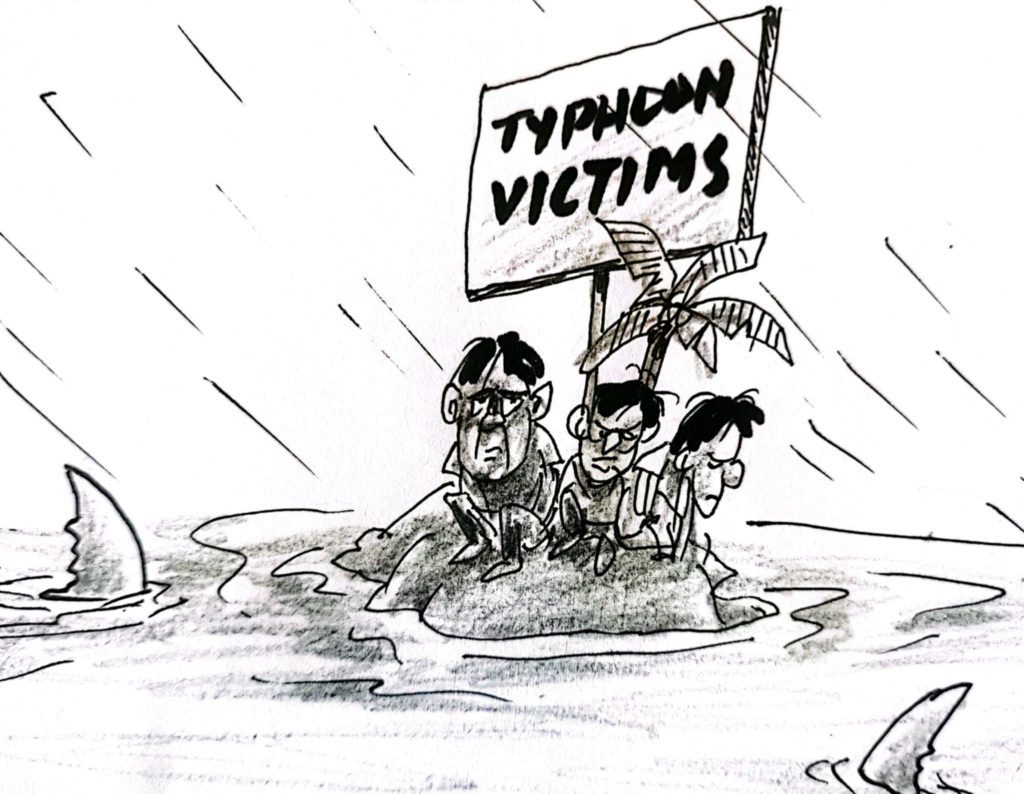The recent barrage of typhoons left a trail of devastation across the Philippines, exposing the country’s vulnerabilities to extreme weather events. While rehabilitation efforts are underway, the government must take a proactive approach to rebuilding, focusing on long-term solutions rather than just quick fixes. Addressing infrastructure damage requires not only reconstruction but also strengthening systems to prevent similar destruction in the future.
One pressing priority is the rebuilding of roads and bridges, which are essential for connectivity and economic recovery. Many communities remain isolated due to impassable routes, delaying aid and disrupting livelihoods. These structures must not only be repaired but also redesigned to withstand stronger typhoons. Investing in durable materials and engineering techniques suited for the Philippine climate should take precedence over cost-cutting measures that leave infrastructure fragile and short-lived.
Another crucial area is the restoration of power and communication lines, which are lifelines during and after disasters. In many affected areas, electricity and mobile networks remain unreliable weeks after the storms, hampering rescue efforts and slowing recovery. The government should consider underground power lines or stronger pole systems, particularly in typhoon-prone regions. Immediate repairs are necessary, but long-term planning for resilient utilities is vital for ensuring continuity during future calamities.
The government must also prioritize repairing and upgrading public buildings such as schools, hospitals, and evacuation centers. Many of these structures failed to protect residents during the typhoons, revealing glaring deficiencies in their design and maintenance. Strengthening these facilities not only safeguards lives but also ensures that essential services are restored quickly in the aftermath of disasters. The inclusion of climate-resilient designs in public infrastructure is no longer optional but an urgent necessity.
A more systematic and transparent approach to funding rehabilitation projects is required to address the broader issue of disaster recovery. This means auditing how resources are allocated, ensuring that aid reaches the most vulnerable, and promoting community involvement in rebuilding efforts. Recovery cannot hinge on temporary fixes or donor assistance alone; it demands sustainable planning, decisive leadership, and a commitment to building back stronger for future generations.




